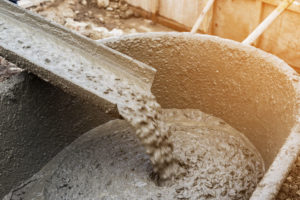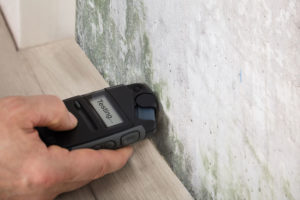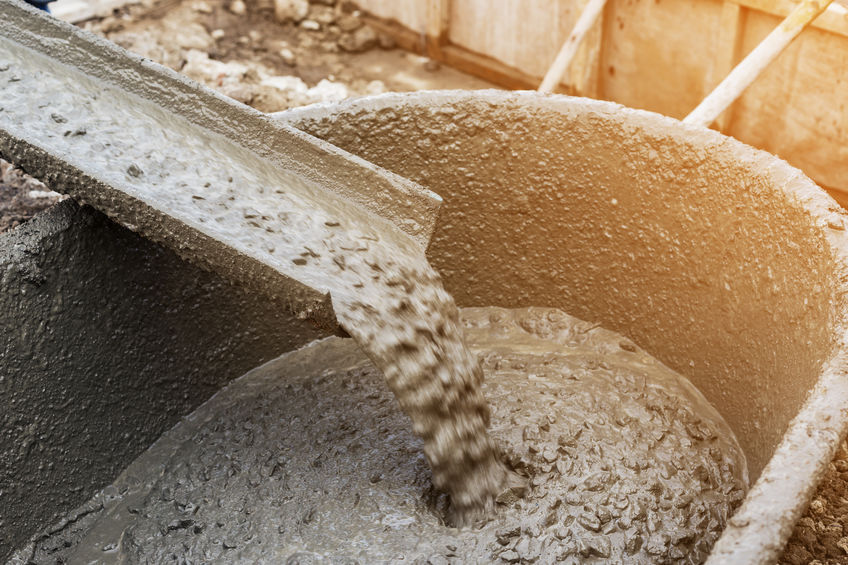 Concrete floors are everywhere. Their durability and cost-effectiveness make them a viable flooring option, but alongside the benefits of concrete floors also comes a slew of moisture issues, and millions of dollars in moisture-related damages every single year. But why is this? Simply put, this occurs because there are some important facts about concrete moisture that too many general contractors don’t take into consideration.
Concrete floors are everywhere. Their durability and cost-effectiveness make them a viable flooring option, but alongside the benefits of concrete floors also comes a slew of moisture issues, and millions of dollars in moisture-related damages every single year. But why is this? Simply put, this occurs because there are some important facts about concrete moisture that too many general contractors don’t take into consideration.
General contractors who deal with flooring projects should work to stay informed about concrete moisture and how concrete dries. Understanding the science behind the process can help you mitigate a lot of moisture damage to your flooring materials in the long run. The most important piece of information to know is when the moisture condition of the concrete is appropriate for accepting the flooring materials. Testing the moisture levels can help ensure your project goes to plan on time and on budget, without any damage or other problems.
Acceptable Moisture Levels in Concrete
According to American Society for Testing and Material (ASTM) standard, when testing via ASTM F2170, acceptable moisture levels/RH level of a concrete slab needs to be at or below 75%– that is unless the flooring manufacturer provides different guidelines for their particular products. Essentially, for successful installation, you must ensure the moisture conditions are within the manufacturer’s specifications to accept whatever flooring materials you’re going to apply.
How Long Does the Concrete Take to Dry?
Concrete is never 100% dry, and you wouldn’t want it to be. The sources of moisture that affect the cure time for concrete are both internal and external. The internal source, obviously, is the water incorporated into cement to create the wet concrete mixture. External sources can also be notable, ranging from rainwater to poor plumbing to inadequate drainage below or along the sides of the concrete slab, as well as the humidity levels in the air. But regardless of where the moisture comes from, time is required for the moisture to evaporate out of the concrete before flooring can be installed.
How Moisture Moves
It’s also important to understand how the moisture moves through the concrete mixture. During the drying process, the batch water used to mix the concrete, the cement, aggregate, and other elements begin to create tiny pathways called capillaries within the slab. The excess water in the concrete slab moves through capillaries to release the moisture.
As the water moves within the concrete slab, it stands to reason that the moisture condition will vary by depth. The surface of the slab is generally drier, while the moisture concentration is higher the deeper into the concrete you get.
It’s also important to consider that moisture doesn’t just flow out of the slab. The flow of moisture is actually two-fold. External sources of water that are present during the drying process can majorly affect the overall moisture condition of the concrete. The aforementioned capillaries within the concrete work like a sponge– soaking up direct water sources that come into play.

Point of Equilibrium
Essentially, the concrete slab never fully dries, or in other words, the moisture present never fully stops moving along the capillaries. So what you’re looking to achieve is equilibrium, and the key is accurately measuring the moisture levels of the slab at hand. It’s also important to note that the target point of equilibrium is going to be project specific. You’ll need to reach the moisture level ideal for the specific flooring finish you intend to install, and in order to be sure, you’ll need to test the moisture level.
Moisture Mitigation Products
It also helps to work with adhesives and products specifically developed to help mitigate moisture issues. This is why our entire line at Base King boasts exceptional moisture mitigation capability. If you have any questions about our products, contact our team today.
